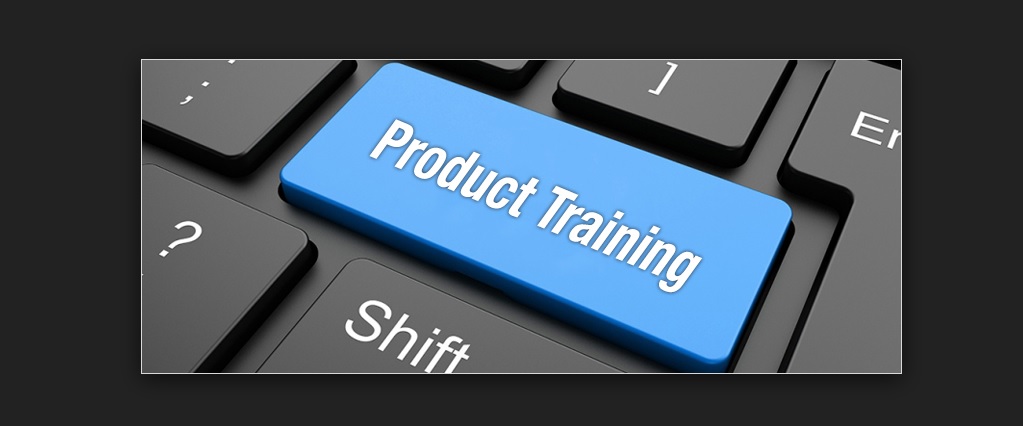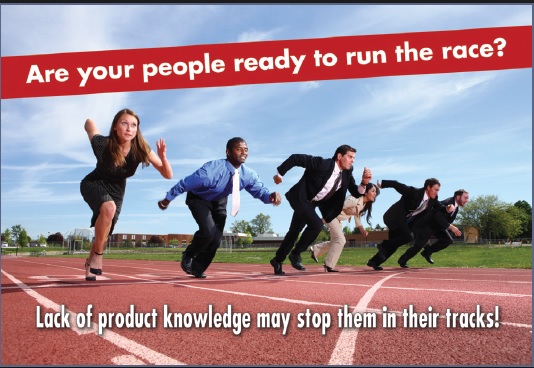You have crossed the initial milestone of proving your product has seen some initial success, covered the MVP and now its time for growth…what is one key ingredient for growth ?
You are the rockstar founder or product manager…you have the urge to be omnipresent in every customer discussion or support call…you do a good job on this…but it’s a major deterrent for growth as you become the bottleneck…
The best solution for this problem is to put together a strategy for your product training. Based on interaction with a startup growth entrepreneur’s request I had put few things, and sharing that in this post.
I plan to cover 3 levels of product training that I have personally learnt or done over the years to make products scale and be successful, the examples are more relevant to B2B but some of this can be used for B2C as well….
The analogy i have used here is of movies
Level 1 : Trailer – Targeted to people that engage with the Decision Makers who buy the product
Level 2 : Movie – Targeted to people that interact with users of the product
Level 3 : Making of Movie – Targeted to people that interact with administrators or consultants that configure, implement or support the product

Lets look at each of them in detail
Level 1 : Trailer training
This training is usually provided to Sales & Marketing teams who have the responsibility to engage and influence the decision makers, to buy the product. Certainly while the content stays high level , I have come across 3 questions to be covered in this training, that will help Sales to effectively position the product and get the interests
The three questions
Why buy ? – This question establishes what is the real need for the product. What is the real problem that the product solves and why is it important for the customer
Why me ? – Having established the need to buy, the next question that needs to be answered is why me, why your product vs. other choices available in the market, what are differentiators, how is your product better in solving the problems and other objection handling
Why now ? – Assuming the need is established, and the fact that your product is the best fit, the next convincing part is the timing of the buy. The “why now” training should facilitate content that will help the trainee to engage with establishing the urgency, to get the decision to be made in a realistic time.
Coverage of the content
The content should cover the following to help with the above three questions
- Benefits – the benefits of using the product , to improve the process, derive top line or bottom line savings or any others
- Customer case studies – this is an amazing content to help sell. How are other customers using the product, their experiences, quotes, videos and other documents
- Competitors – its important to know your competitors and how your product differentiates from them, this is an important area of coverage in your training
- Unique differentiators – the product may have 100s of features, but there maybe certain ones which are the outliers or differentiators, there should be specific focus to highlight these in the training
- Pricing and ROI – how is your product pricing done, what are the flexible options, what is the discounting policy, how do you combine products , how do you optimize revenue opportunity are some of the things that should be covered. Creating presentations and videos to explain the pricing with examples would be an important tool. In addition you also should have ROI templates that can help sales to justify the ROI for the customer, using relevant metrics that is aligned to the product’s benefits
- Short demos – 2 to 3 minutes – This is the eye catcher demo (The Trailers), as its typically done to the decision makers, the demo should highlight the most important capability and it should also try to cover the overall value proposition of the solution. Remember this is the main tool that can help sales to create the initial interest or close the opportunity for approval.
- Role plays – This is another extremely successful way to train people – the role play enacts how a customer facing person engages with the customer, bringing in relevant questions and dictate the engagement style to bring out answering the 3 questions
- FAQs – you know answers to several questions, but its important that this knowledge gets out. A Frequently Asked Questions document or video should be a must have.
Level 2 : The movie training
This is to do with the actual product in more detail on how the users would use them. So this is essentially a training that is usually provided to Sales Consultants , Partners and Others who are likely interacting and engaging with the customer users – both during pre-sales as well as post sales.
Coverage of this training
- Product feature functionality – going into details of the features and functionality of the product, focused towards customer users
- Use cases – talk about different use cases that the product solves, every product may solve 100s of use cases, so its important to highlight different usage scenarios
- Benefits in detail – while you cover the benefits already in level 1, this could further explain the details with more deep dives and examples
- Product differentiators vs competition – detailed product differentiators, on various facets of the product and how this can help especially to cover the functional scenarios
- Detailed demos (like the actual movie) – 30 minutes to 2 hours focusing on end user functionality
- Role plays to explain usage of the product – detailed role play videos or depiction of how customers will use the product or how you can convince the users, for them to become influencers
Level 3 : The making of the movie training
The third level of the training is for the people that engage administrators, implementer, partners and consultants. This covers variety of areas and really detailed and deep dive into the “how to aspects”. This is usually done to consultants , support staff and Business/IT administrators. This training is for mostly people who engage post sales, but essentially they should also have good understanding of the level 2 training, before getting here.
Coverage of content
- How to configure the application, security, data, master data etc
- How to trouble shoot
- Detailed functional and technical architecture
- How to demos or videos – detailed 2 hours to a day or even multiple days
- Technical FAQs
So as you can see, if you can create the above training content and start training, it will certainly help you in your growth endeavors.
Offcourse you will also have to keep updating these content as you enhance your product.
Product Training , these days can be delivered in different formats – in person, webcast or through videos. But its essential for you to understand the importance of this and make it as a priority if your goal is growth



